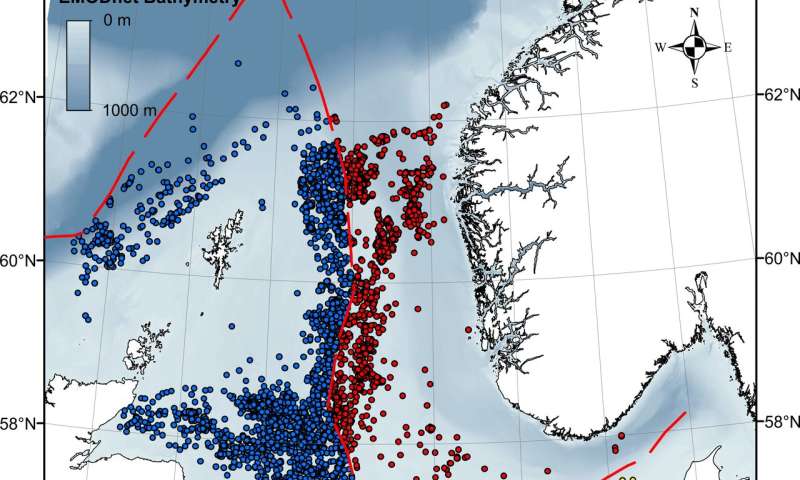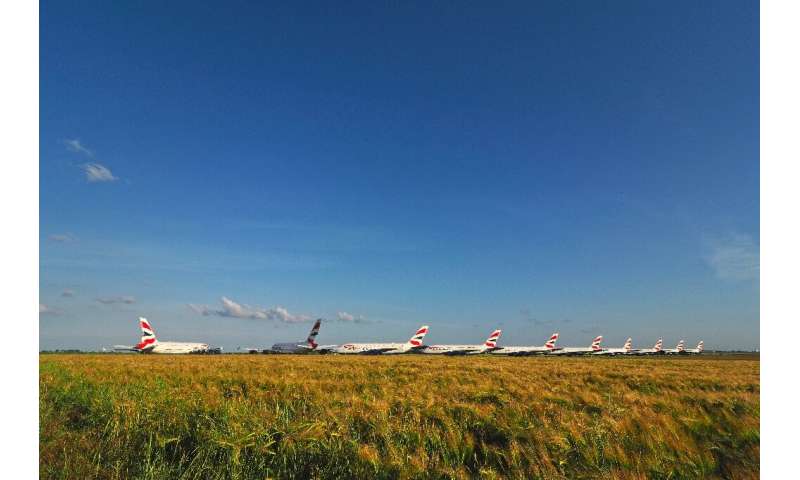by Society for Personality and Social Psychology
JULY 30, 2020
Before the era of COVID-19, research suggested that premature deaths among white Americans were rising. Even before the era of COVID-19, these findings were surprising. As Dr. Cooley explains, "These trends were puzzling to us because white people, on average, have more wealth than other racial groups and are generally privileged in our society." As a result, Cooley and colleagues questioned whether factors other than income and education, known as objective indicators of status, may not buy happiness for white people. Instead, they investigated the role of social comparisons—or the desire to "keep up with the Joneses."
Their research indicates that white Americans tend to compare their own status to other white Americans—people they perceive as much wealthier than their selves; and, the greater the perceived disparity, the worse they feel—psychologically and physically—regardless of their objective status.
In one study, white and Black Americans (490 white people and 519 Black people) were asked to rank their own status on a ladder—selecting higher ladder rungs if they felt high status and lower rungs if they felt low status. Next, participants were asked to rank "the majority of their racial group" (i.e., white or Black people) on the same scale. The researchers followed with questions about participants' health, emotions, and wellbeing. A second study replicated their findings.
"Results revealed that white Americans tended to make upward status comparisons—in other words, they most often compared their status to other white people—people who they perceived as having higher status than the self" says Erin Cooley, one of the study's co-lead authors. "In contrast, Black Americans most often compared their status to other Black people—people who they perceived as doing worse than the self." And, among white Americans, larger upward comparisons were associated with feeling fewer positive emotions and having worse physical health.
Interestingly, these data suggest that it is exactly because of this belief that white = wealth, that many white people feel as if they are falling behind.
Although their work illuminates psychological processes that may harm the health of white Americans, the authors also urge readers to consider two points: (1) these data were collected before the worldwide COVID-19 pandemic, and (2) as clearly revealed by the pandemic, minority racial/ethnic groups—particularly African Americans and Latinx Americans—are disproportionately impacted by poor health outcomes and economic downturns.
"Due to racism and persistent racial inequities, there are many health disparities experienced by people of color in the United States including rates of heart disease and diabetes," says Jazmin Brown-Iannuzzi, also a co-lead author of the research. Thus, while the authors think the current work represents an interesting psychological mechanism for white Americans, this work should not detract from the fact that structural racism in this country creates health and wealth inequalities along racial lines.
Explore furtherPerceived 'whiteness' of Middle Eastern Americans correlates with discrimination
More information: Erin Cooley et al, Investigating the Health Consequences for White Americans Who Believe White Americans Are Wealthy, Social Psychological and Personality Science (2020). DOI: 10.1177/1948550620905219
Journal information: Social Psychological and Personality Science
Provided by Society for Personality and Social Psychology
6 shares
Feedback to editors
Featured
Last Comments
Popular
Nanoparticle meta-grid for enhanced light extraction from light-emitting devices
JUL 31, 2020
0
Researchers find crystals of indium selenide have exceptional flexibility
JUL 31, 2020
0
Study of air quality in the U.S. shows income disparities still exist
JUL 31, 2020
0
Epitaxial antiperovskite/perovskite heterostructures for materials design
JUL 30, 2020
0
Two more polymorphs found for red-orange-yellow
JUL 30, 2020
0

New printing process advances 3-D capabilities
10 HOURS AGO

Scientists discover new class of semiconducting entropy-stabilized materials
10 HOURS AGO

US astronauts pack up for rare splashdown in SpaceX capsule
21 HOURS AGO

Satellite survey shows California's sinking coastal hotspots
23 HOURS AGO

Texas cave sediment upends meteorite explanation for global cooling
JUL 31, 2020

How human sperm really swim: New research challenges centuries-old assumption
JUL 31, 2020

When Dirac meets frustrated magnetism
JUL 31, 2020

Spain sets temperature records, UK sees hottest day of 2020
JUL 31, 2020

NASA's Webb Telescope will study Jupiter, its rings, and two intriguing moons
JUL 31, 2020

Way, shape and form: Synthesis conditions define the nanostructure of manganese dioxide
JUL 31, 2020
Relevant PhysicsForums posts
Question About Electric Aircraft Propulsion
AUG 01, 2019
A few questions about Potential Energy
AUG 01, 2019
Test a cheap Surge Protector Power Strip (US 110V)?
AUG 01, 2019
What do they mean when they say something is so many light years away
AUG 01, 2019
Is the concept of "wave function collapse" obsolete?
AUG 01, 2019
Graduate Quantum as an Undergrad
AUG 01, 2019
More from Physics Forums | Science Articles, Homework Help, Discussion
1
2
Related Stories

Perceived 'whiteness' of Middle Eastern Americans correlates with discrimination
JUL 22, 2020
Racial discrimination may adversely impact cognition in African Americans
JUL 21, 2020

Money can buy happiness: New study on income and happiness finds growing divide
JUL 08, 2020

Middle class not a level playing field for blacks, new research finds
MAY 13, 2020

Effects of dementia on family wealth may contribute to economic disparities
OCT 10, 2018
Misperceptions about racial economic progress are pervasive
SEP 16, 2019
Recommended for you

Social distancing varies by income in US
JUL 30, 2020

Researchers urge the scientific community to #StopPandemicBias
JUL 28, 2020

Why hate crime perceptions vary among the general populace
JUL 28, 2020

Link between education, income inequality has existed for a century
JUL 28, 2020

Anti-climate action statements get more visibility in news coverage, study finds
JUL 27, 2020

The research is clear: White people are not more likely than Black people to be killed by police
JUL 17, 2020
User



 Credit: The Ohio State University
Credit: The Ohio State University








